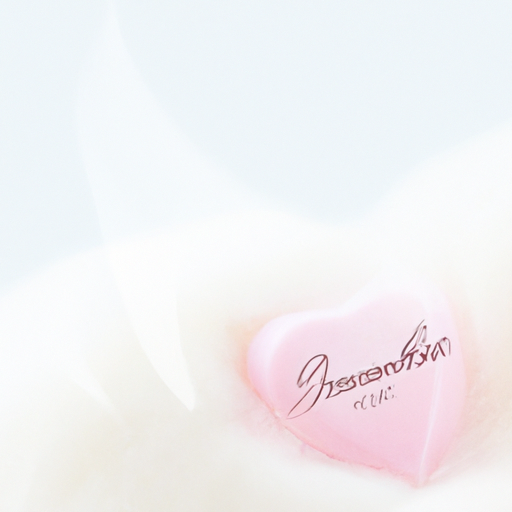You want smooth, radiant skin, but you don’t have the time or money to visit a spa or dermatologist. Look no further! “How To Get Smooth Skin At Home?” is the ultimate guide that will teach you the secrets to achieving flawless skin without leaving the comfort of your own home. From natural remedies to effective skincare routines, this article will provide you with all the tips and tricks you need to achieve that smooth, glowing complexion you’ve always dreamed of. Say goodbye to expensive treatments and hello to beautiful skin you can achieve on your own terms.
Exfoliating Your Skin
Using a scrub
Exfoliating your skin is an important step in achieving smooth, glowing skin. One popular method is using a scrub, which helps remove dead skin cells and unclog pores. When choosing a scrub, look for one with gentle exfoliating particles like sugar or salt, as harsher particles can cause skin irritation. To use a scrub, simply apply it to damp skin and gently massage in circular motions. Rinse off with warm water and follow up with a moisturizer.
Trying a chemical exfoliator
If scrubs aren’t your thing, you can try a chemical exfoliator. These products use ingredients like alpha hydroxy acids (AHAs) or beta hydroxy acids (BHAs) to gently dissolve dead skin cells. AHAs are great for dry or sensitive skin, while BHAs are more effective for oily or acne-prone skin. It’s important to follow the instructions on the product and start with a low concentration to avoid irritation. Chemical exfoliators can be used a few times a week, but be sure to always wear sunscreen afterwards, as they can increase sensitivity to the sun.
Using a homemade exfoliator
If you prefer a more natural approach, you can create your own exfoliator using ingredients from your kitchen. A simple homemade exfoliator can be made by mixing sugar or salt with olive oil or honey. Apply the mixture to your skin and gently scrub in circular motions. Rinse off with warm water and enjoy the smooth and refreshed feeling. Just remember to be gentle and not scrub too hard, as this can damage the skin.
Exfoliating your lips
Don’t forget about exfoliating your lips! Lips can become dry and chapped, especially during colder months. You can create a lip scrub by mixing brown sugar with coconut oil or honey. Gently rub the mixture onto your lips in circular motions to remove any dead skin. Rinse off with warm water and apply a lip balm to keep your lips moisturized and smooth.
Cleansing Your Skin
Washing your face twice a day
Cleansing your skin is an essential part of maintaining a smooth complexion. It’s important to wash your face twice a day, once in the morning and once at night, to remove dirt, oil, and impurities that can clog pores and lead to breakouts. Use lukewarm water and a gentle facial cleanser suited for your skin type. Avoid hot water, as it can strip the skin of its natural oils and cause dryness.
Using a gentle cleanser
When selecting a cleanser, opt for a gentle formula that won’t irritate your skin. Look for products labeled as “non-comedogenic,” which means they won’t clog pores. If you have oily or acne-prone skin, consider using a cleanser containing salicylic acid, as it helps to unclog pores and control oil production. For dry or sensitive skin, choose a cleanser that is hydrating and free from harsh ingredients like sulfates.
Trying oil cleansing
Oil cleansing is a method that involves using oil to remove dirt and makeup from your skin. It may sound counterintuitive, but oil cleansing can be highly effective, especially for those with dry or sensitive skin. The oil helps to dissolve impurities without stripping the skin of its natural oils. To oil cleanse, apply a small amount of oil to your face and gently massage it in. Rinse with warm water and pat your skin dry. Popular oils for oil cleansing include jojoba oil, sweet almond oil, and coconut oil.
Using a cleansing brush
In addition to using your hands, you can also incorporate a cleansing brush into your skincare routine. Cleansing brushes are designed to provide a deeper cleanse by gently exfoliating the skin and removing dirt and debris. They can be especially beneficial for those with oily or acne-prone skin, as they help to unclog pores and prevent breakouts. When using a cleansing brush, dampen it with warm water and apply your cleanser onto the bristles. Gently massage the brush onto your skin in circular motions, focusing on any problem areas. Rinse off with warm water and cleanse your brush thoroughly after each use.
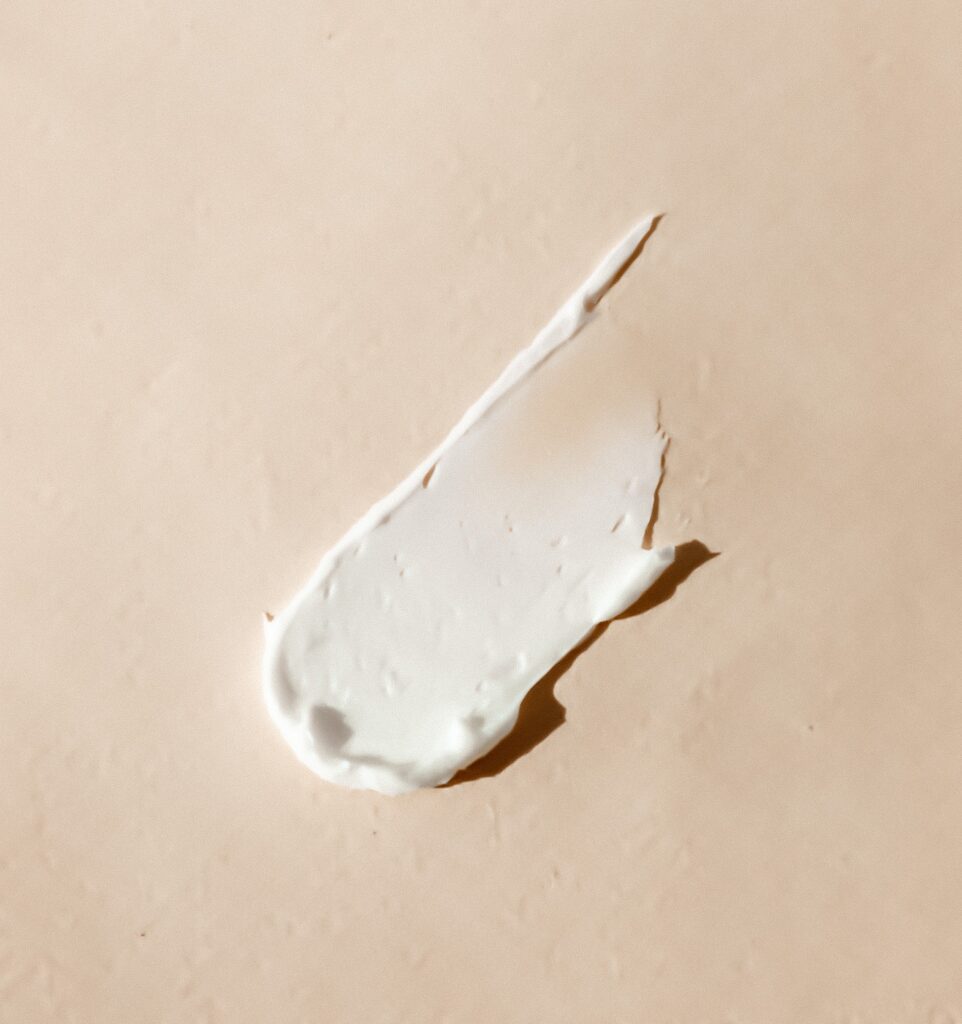
This image is property of images.unsplash.com.
Moisturizing Your Skin
Using a moisturizer suitable for your skin type
Moisturizing is key to keeping your skin smooth, hydrated, and healthy. It’s important to choose a moisturizer that is suitable for your skin type. If you have dry skin, look for a moisturizer that is rich and hydrating, with ingredients like hyaluronic acid or shea butter. For oily or acne-prone skin, opt for a lightweight, oil-free moisturizer that won’t clog pores. And if you have sensitive skin, choose a fragrance-free and hypoallergenic moisturizer to minimize irritation.
Applying moisturizer after shower
To get the most out of your moisturizer, apply it immediately after showering or bathing. This is when your skin is still slightly damp, allowing the moisturizer to lock in moisture and keep your skin hydrated throughout the day. Gently pat your skin dry with a towel and apply a dime-sized amount of moisturizer to your face and neck, using upward motions. For your body, apply a generous amount of moisturizer and massage it in until fully absorbed.
Trying a homemade moisturizer
If you prefer natural skincare products, you can create your own homemade moisturizer using simple ingredients. One popular DIY moisturizer is a mixture of aloe vera gel and coconut oil. Aloe vera gel is soothing and hydrating, while coconut oil is nourishing and moisturizing. Combine equal parts of aloe vera gel and melted coconut oil, mix well, and transfer to a jar. Apply a small amount to your skin and massage it in until absorbed. Store the remaining moisturizer in a cool, dry place.
Using face masks for added hydration
Face masks are a wonderful way to provide your skin with an extra boost of hydration. Look for masks that are specifically formulated to moisturize and hydrate the skin. Ingredients like hyaluronic acid, glycerin, and aloe vera are known for their hydrating properties. Apply the mask to clean, dry skin and leave it on for the recommended time. Gently rinse off with warm water and follow up with your regular moisturizer. Face masks can be used once or twice a week to keep your skin looking smooth and supple.
Protecting Your Skin from the Sun
Applying sunscreen daily
Sun protection is crucial for maintaining smooth and healthy skin. Apply a broad-spectrum sunscreen with an SPF of at least 30 to all exposed areas of your skin, including your face, neck, and hands. Remember to reapply every two hours, or more often if you’re sweating or swimming. Sunscreen not only helps prevent sunburn, but it also protects against premature aging, sun damage, and skin cancer.
Seeking shade
When possible, seek shade, especially during the peak hours of sunlight (10 am to 4 pm). This reduces your exposure to harmful UV rays and lowers the risk of sunburn and skin damage. If you’re outside, try to find shelter under trees, umbrellas, or canopies. Wearing protective clothing, such as lightweight long-sleeved shirts and wide-brimmed hats, can also provide additional shade for your skin.
Wearing protective clothing
In addition to sunscreen and seeking shade, wearing protective clothing is another effective way to shield your skin from the sun. Opt for lightweight, tightly-woven fabrics that cover your arms and legs. Don’t forget a wide-brimmed hat to protect your face, neck, and ears. Sunglasses with UV protection are essential for shielding your eyes and the delicate skin around them.
Using sun hats and sunglasses
Sun hats and sunglasses not only provide protection, but they can also be fashionable accessories. Choose a wide-brimmed hat that shades your entire face and neck, and opt for sunglasses that block both UVA and UVB rays. This helps to reduce the risk of eye damage and the development of fine lines and wrinkles around the eyes. Remember to wear your hat and sunglasses whenever you’re outside, even on cloudy days, as UV rays can penetrate through clouds.
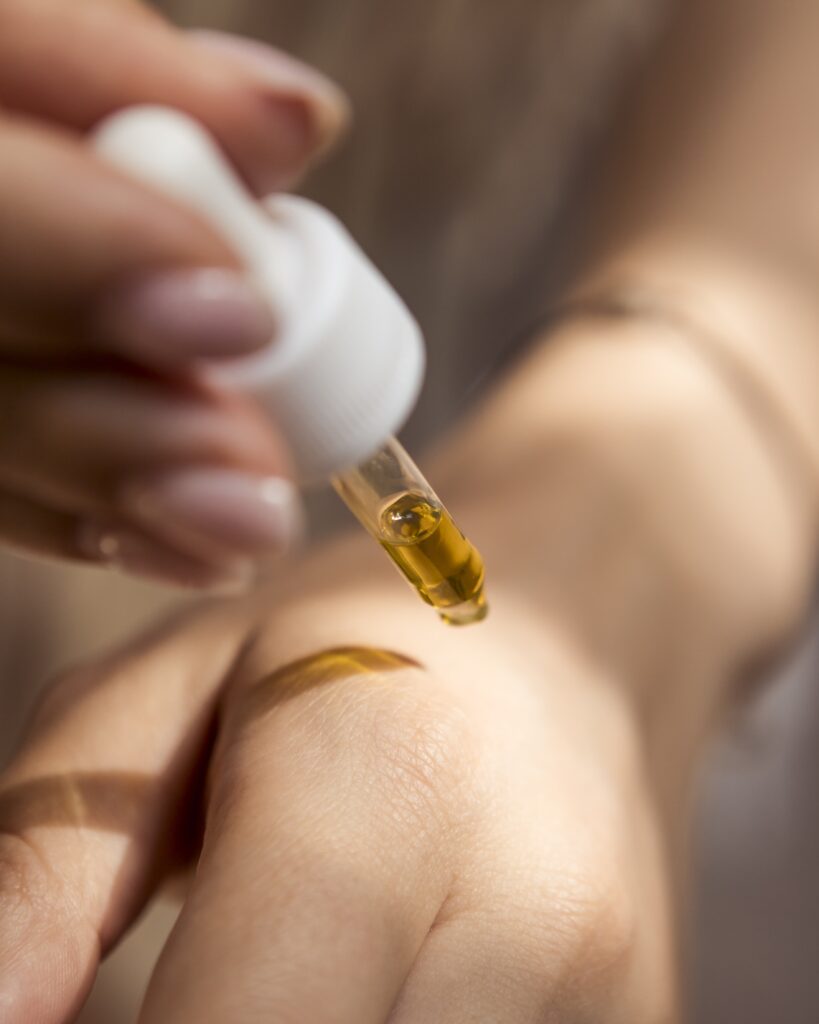
This image is property of images.unsplash.com.
Eating a Healthy Diet
Consuming fruits and vegetables
Eating a healthy diet plays a significant role in maintaining smooth skin. Including a variety of fruits and vegetables in your daily meals provides essential vitamins, minerals, and antioxidants that contribute to healthy skin. Fruits like berries, oranges, and watermelon are rich in vitamin C, which boosts collagen production and promotes skin elasticity. Leafy greens, such as spinach and kale, are packed with vitamin A and antioxidants that help repair and maintain skin health.
Incorporating healthy fats
Healthy fats are essential for smooth and supple skin. Foods like avocados, nuts and seeds, and fatty fish are excellent sources of omega-3 fatty acids, which keep the skin hydrated and reduce inflammation. These fats also help to strengthen the skin’s barrier function, preventing moisture loss and maintaining a smooth and plump appearance. Incorporate these foods into your diet regularly for optimal skin health.
Drinking enough water
Staying properly hydrated is key to achieving and maintaining smooth skin. Water helps to flush out toxins, deliver nutrients to the skin cells, and promote elasticity. Aim to drink at least 8 glasses of water per day, or more if you’re physically active or in a hot climate. If you struggle to drink plain water, try infusing it with fruits or herbs for added flavor. Additionally, consuming hydrating foods like cucumbers, watermelon, and citrus fruits can also contribute to your daily water intake.
Reducing sugar intake
Excessive sugar consumption can contribute to skin problems like acne and premature aging. When we consume sugar, it triggers a process called glycation, which damages collagen and elastin, the proteins responsible for maintaining skin firmness and elasticity. To maintain smooth skin, limit your intake of sugary foods and beverages, and opt for healthier alternatives like fresh fruit, unsweetened yogurt, or dark chocolate with a high cocoa percentage.
Getting Enough Sleep
Establishing a bedtime routine
Getting enough sleep is essential for overall health, including the health of your skin. Establishing a consistent bedtime routine helps signal to your body that it’s time to unwind and prepare for sleep. Create a relaxing atmosphere by dimming the lights, avoiding stimulating activities, and engaging in calming activities like reading or taking a warm bath. Establishing a consistent sleep schedule by going to bed and waking up at the same time each day can also improve your sleep quality.
Creating a sleep-friendly environment
Creating a sleep-friendly environment can greatly enhance your sleep quality. Make sure your bedroom is cool, dark, and quiet. Invest in blackout curtains or an eye mask to block out any external light. Use earplugs or a white noise machine to mask any unwanted sounds. If you have trouble falling asleep, consider using a weighted blanket or a comfortable mattress and pillows to improve your overall sleep comfort.
Limiting exposure to screens before bed
The blue light emitted by electronic devices like smartphones, tablets, and computers can disrupt the body’s natural sleep-wake cycle. To promote better sleep, limit your exposure to screens in the evening. Avoid using electronic devices at least one hour before bed, or use blue light filters or night mode settings on your devices. Instead, engage in relaxing activities like reading a book, practicing yoga, or listening to calming music.
Trying relaxation techniques
If you find it difficult to relax and unwind before bed, incorporating relaxation techniques can be helpful. Deep breathing exercises, meditation, or progressive muscle relaxation can help calm your mind and prepare your body for sleep. Consider trying different techniques to find what works best for you. Spending a few minutes in a quiet, calm space practicing these techniques can make a significant difference in your sleep quality.
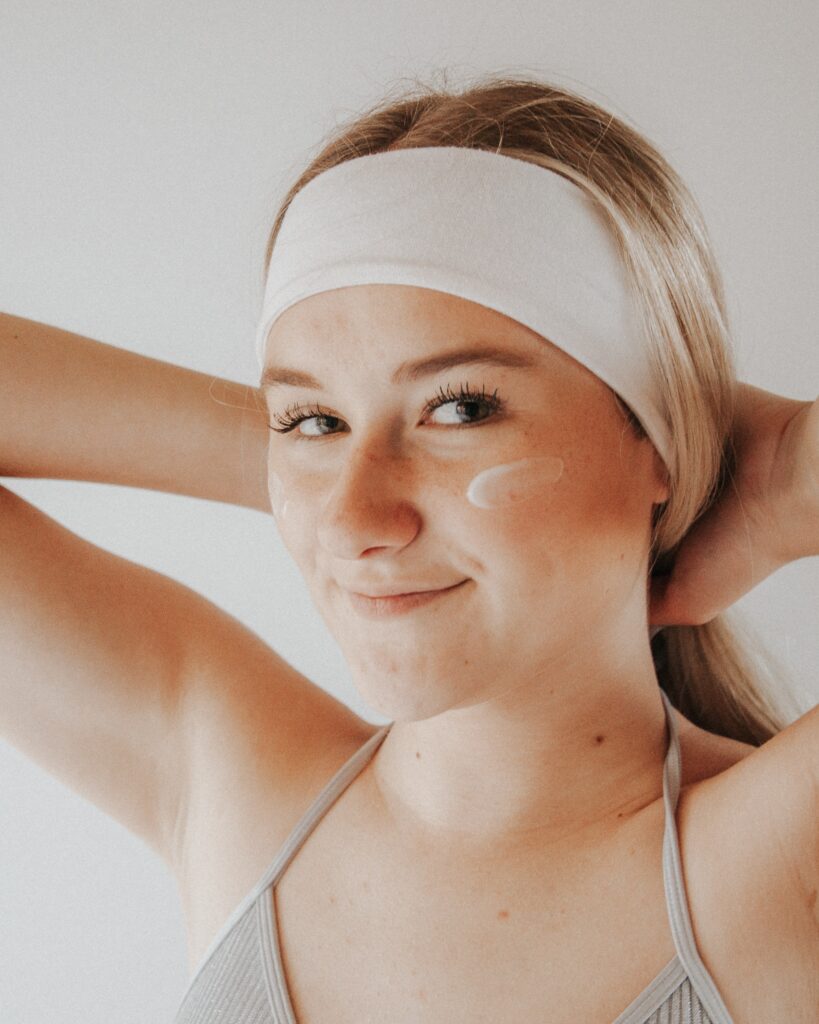
This image is property of images.unsplash.com.
Managing Stress Levels
Practicing stress-reducing activities
Stress can take a toll on your skin, contributing to breakouts, dullness, and premature aging. Engaging in stress-reducing activities can help manage your stress levels and promote healthier skin. Find activities that help you relax and unwind, such as yoga, meditation, mindfulness, or tai chi. These practices can help calm your mind, reduce anxiety, and promote a sense of overall well-being.
Taking breaks throughout the day
Taking breaks throughout the day can help alleviate stress and prevent burnout. Engage in activities that allow you to step away from work or daily responsibilities, such as going for a walk, listening to music, or practicing a hobby. These breaks give you a chance to recharge and reset, which can positively impact your overall mood and stress levels.
Seeking support from loved ones
During times of stress, it’s important to lean on your support system. Reach out to family, friends, or loved ones and share your feelings. Talking through your stressors and concerns can help provide perspective and reassurance. Additionally, spending quality time with loved ones or engaging in enjoyable activities together can provide a much-needed break from stress and promote emotional well-being.
Trying meditation or deep breathing exercises
Meditation and deep breathing exercises are effective tools for managing stress and improving overall well-being. These practices help to activate the body’s relaxation response, lowering heart rate and blood pressure. Find a quiet and comfortable space, close your eyes, and focus on your breath. Take slow, deep breaths in through your nose, filling your belly with air, and exhale slowly through your mouth. As thoughts arise, gently redirect your attention back to your breath.
Avoiding Harsh Products
Reading ingredient labels
When selecting skincare products, it’s important to read the ingredient labels to avoid harsh or irritating ingredients. Common irritants include alcohol, fragrance, sulfates, and artificial dyes. These ingredients can strip the skin of its natural oils, disrupt the skin’s barrier function, and cause irritation or allergic reactions. Opt for products that are labeled as “gentle,” “hypoallergenic,” or “fragrance-free” to minimize the risk of skin irritation.
Avoiding products with alcohol or fragrance
Alcohol and fragrance are two ingredients commonly found in skincare products that can be harsh on the skin. Alcohol, particularly denatured alcohol or ethanol, can dry out the skin and disrupt the skin’s moisture balance. Fragrance, whether synthetic or natural, can be sensitizing and potentially irritating to the skin, especially for those with sensitive skin. Look for alcohol-free and fragrance-free options to minimize the risk of skin irritation.
Patch testing new products
Before incorporating a new skincare product into your routine, it’s important to patch test it first. This involves applying a small amount of the product to a small area of your skin, such as the inner forearm or behind the ear, and monitoring for any adverse reactions. Leave the product on for at least 24 hours and check for signs of redness, itching, or irritation. If no adverse reactions occur, you can safely proceed with using the product on a larger area of your skin.
Choosing products suitable for sensitive skin
If you have sensitive skin, it’s important to choose products specifically formulated for sensitive skin types. These products are typically free from common irritants and are gentle enough to minimize the risk of skin reactions. Look for labels that specifically state “suitable for sensitive skin” or “dermatologist-tested” to ensure the product is designed to meet the needs of your skin.
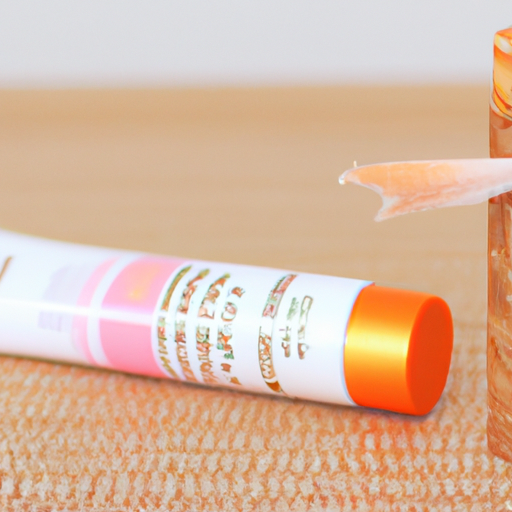
Taking Care of Your Body
Exercising regularly
Regular exercise not only benefits your overall health but also has positive effects on your skin. Exercise increases blood flow, which promotes the delivery of oxygen and nutrients to the skin, resulting in a healthy and radiant complexion. It also helps flush out toxins through sweat, which can contribute to clearer skin. Aim for at least 30 minutes of moderate-intensity exercise most days of the week, and choose activities you enjoy to make it a sustainable habit.
Maintaining a healthy weight
Maintaining a healthy weight is important for your overall well-being and can positively impact your skin. Fluctuations in weight, especially rapid weight gain or loss, can affect the elasticity and collagen fibers in the skin, leading to stretch marks and sagging skin. Aim for a balanced diet and regular exercise to achieve and maintain a healthy weight. Remember, slow and steady progress is key for sustainable results.
Avoiding smoking and excessive alcohol consumption
Smoking and excessive alcohol consumption have detrimental effects on the skin. Smoking narrows blood vessels, reducing blood flow and depriving the skin of oxygen and nutrients. This can lead to dullness, premature aging, and an increased risk of skin cancer. Excessive alcohol consumption can dehydrate the skin, disrupt the skin’s moisture barrier, and contribute to inflammation and skin redness. To promote smooth, healthy skin, it’s best to avoid smoking and drink alcohol in moderation, or ideally, abstain altogether.
Taking care of your hands and feet
When taking care of your skin, don’t forget about your hands and feet. These areas are often exposed to environmental stressors and can easily become dry or rough. To keep your hands and feet smooth, regularly moisturize them with a hydrating hand or foot cream. Pay extra attention to your cuticles and nails, keeping them nourished and moisturized. Exfoliate your feet periodically to remove dead skin and calluses, and wear comfortable, supportive footwear to prevent discomfort or foot problems.
Being Consistent with Your Routine
Making skincare a part of your daily routine
To achieve and maintain smooth skin, it’s important to make skincare a part of your daily routine. Consistency is key when it comes to skincare, as it allows products to work effectively and helps establish healthy habits. Set aside time in the morning and evening to cleanse, moisturize, and protect your skin. By making skincare a priority, you’ll reap the long-term benefits of healthy and glowing skin.
Setting realistic goals
When embarking on a skincare journey, it’s important to set realistic goals. Smooth skin is achievable, but it may take time and patience to see results. Understand that everyone’s skin is unique, and what works for others may not work for you. Be realistic about your expectations and give new products or routines enough time to work before making any judgments. Remember, consistency and perseverance are key.
Tracking your progress
Keeping track of your skincare routine and progress can be helpful in identifying what works and what doesn’t. Log the products you use, along with any changes or improvements you notice in your skin. This will allow you to track trends and make adjustments as needed. Take note of any specific triggers or factors that may be affecting your skin, such as diet, stress, or certain products.
Rewarding yourself for sticking to your routine
Sticking to a skincare routine requires discipline and dedication. It’s important to reward yourself for your efforts, whether it’s treating yourself to a relaxing spa day, purchasing a new skincare product you’ve been eyeing, or simply acknowledging your progress and commitment. By rewarding yourself, you’ll stay motivated and encouraged to continue taking care of your skin.
In conclusion, achieving and maintaining smooth skin is a journey that requires consistent effort and attention. By incorporating exfoliation, proper cleansing, moisturization, sun protection, a healthy diet, sufficient sleep, stress management, gentle products, overall body care, and a consistent routine into your lifestyle, you can achieve the smooth, glowing skin you desire. Remember to embrace your unique skin type, listen to your skin’s needs, and seek professional advice if needed. With time and commitment, you’ll be on your way to achieving the smooth skin you’ve always wanted.
